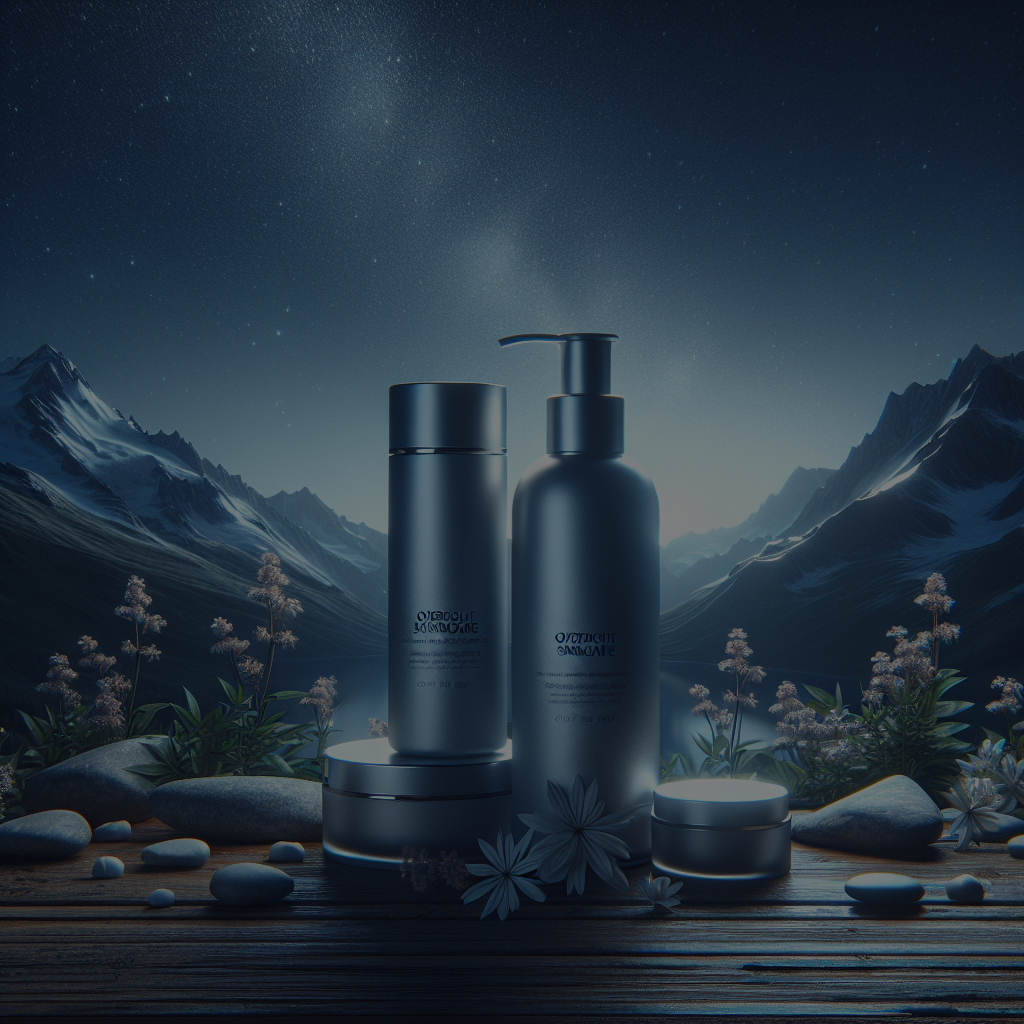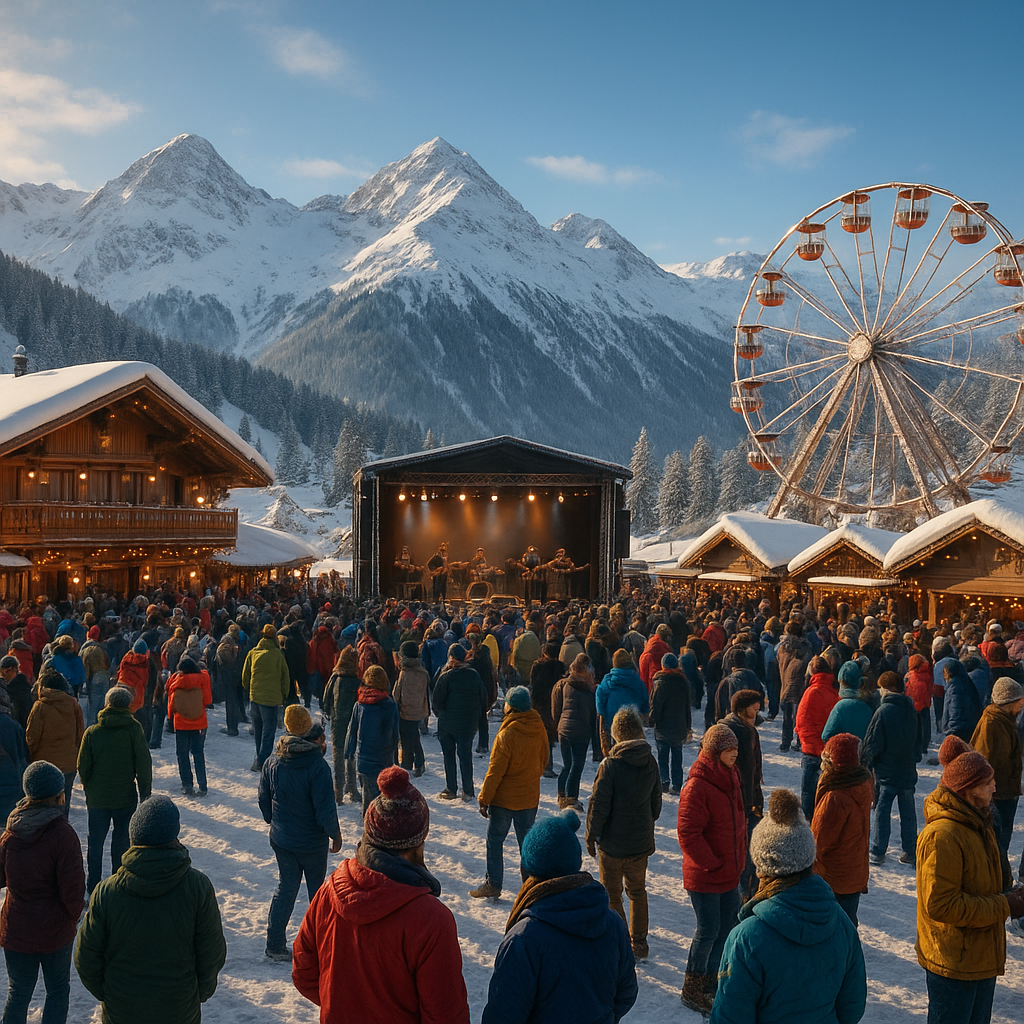
Overnight skincare routines are essential for recovery, especially in the harsh conditions of alpine environments. The unique challenges posed by high altitudes, cold temperatures, and dry air necessitate a specialized approach to skincare. This article delves into the specifics of overnight skincare tailored for those who spend time in mountainous regions, offering practical advice and product recommendations to ensure your skin remains healthy and radiant.
The Challenges of Alpine Environments
Alpine environments present a unique set of challenges for the skin. The combination of high altitude, low humidity, and intense UV radiation can wreak havoc on your skin’s natural barrier. Understanding these challenges is the first step in creating an effective overnight skincare routine.
High Altitude
At higher altitudes, the air pressure is lower, which means there is less oxygen available. This can lead to decreased blood circulation and a reduction in the skin’s ability to repair itself. Additionally, the thinner atmosphere allows more UV radiation to penetrate, increasing the risk of sunburn and long-term skin damage.
Low Humidity
Alpine regions are often characterized by low humidity levels, which can lead to dry, flaky skin. The lack of moisture in the air means that your skin loses water more quickly, making it essential to use hydrating products that can lock in moisture overnight.
Cold Temperatures
Cold temperatures can cause the skin to become dry and chapped. The cold air constricts blood vessels, reducing the flow of nutrients and oxygen to the skin. This can slow down the skin’s natural repair processes, making it more susceptible to damage.
Essential Components of an Alpine Overnight Skincare Routine
To combat the harsh conditions of alpine environments, your overnight skincare routine should focus on hydration, protection, and repair. Here are the essential components to include:
Hydrating Cleanser
Start your routine with a hydrating cleanser that can remove impurities without stripping your skin of its natural oils. Look for cleansers that contain ingredients like hyaluronic acid, glycerin, and ceramides, which help to maintain the skin’s moisture barrier.
Hydrating Serum
After cleansing, apply a hydrating serum to replenish lost moisture. Serums with hyaluronic acid are particularly effective, as they can hold up to 1,000 times their weight in water, providing intense hydration. Other beneficial ingredients include niacinamide, which can improve the skin’s barrier function, and antioxidants like vitamin C, which can protect against environmental damage.
Rich Moisturizer
Follow your serum with a rich moisturizer that can lock in hydration and provide a protective barrier against the elements. Look for moisturizers that contain occlusive ingredients like shea butter, squalane, and petrolatum, which can prevent water loss and keep your skin hydrated throughout the night.
Overnight Mask
For an extra boost of hydration and repair, consider using an overnight mask. These masks are designed to be left on while you sleep, allowing the active ingredients to penetrate deeply into the skin. Look for masks that contain ingredients like peptides, which can promote collagen production, and antioxidants, which can help to repair damage caused by UV radiation and environmental stressors.
Lip and Eye Care
Don’t forget to take care of your lips and the delicate skin around your eyes. Use a hydrating lip balm to prevent chapping and an eye cream that can address issues like puffiness, dark circles, and fine lines. Ingredients like caffeine, hyaluronic acid, and peptides can be particularly beneficial for these areas.
Product Recommendations
Choosing the right products is crucial for an effective overnight skincare routine in alpine environments. Here are some recommendations to get you started:
- Cleanser: CeraVe Hydrating Cleanser, La Roche-Posay Toleriane Hydrating Gentle Cleanser
- Serum: The Ordinary Hyaluronic Acid 2% + B5, SkinCeuticals C E Ferulic
- Moisturizer: CeraVe Moisturizing Cream, Kiehl’s Ultra Facial Cream
- Overnight Mask: Laneige Water Sleeping Mask, Dr. Jart+ Cicapair Tiger Grass Sleepair Intensive Mask
- Lip Balm: Burt’s Bees Beeswax Lip Balm, Aquaphor Lip Repair
- Eye Cream: Kiehl’s Creamy Eye Treatment with Avocado, The Inkey List Caffeine Eye Cream
Additional Tips for Alpine Skincare
In addition to your overnight skincare routine, there are other steps you can take to protect your skin in alpine environments:
Stay Hydrated
Drinking plenty of water is essential for maintaining healthy skin. The dry air at high altitudes can lead to dehydration, so make sure to drink water regularly throughout the day.
Use Sunscreen
Even though this article focuses on overnight skincare, it’s important to mention the role of sunscreen in protecting your skin. The increased UV radiation at high altitudes can cause significant damage, so make sure to apply a broad-spectrum sunscreen with an SPF of at least 30 during the day.
Protective Clothing
Wearing protective clothing, such as hats, scarves, and gloves, can help to shield your skin from the cold and wind. Look for clothing made from moisture-wicking materials that can keep your skin dry and comfortable.
Humidifier
Using a humidifier in your living space can help to add moisture to the air, reducing the risk of dry skin. This is especially beneficial if you are staying in a cabin or lodge with central heating, which can further dry out the air.
Conclusion
Maintaining healthy skin in alpine environments requires a specialized approach to skincare. By understanding the unique challenges posed by high altitudes, low humidity, and cold temperatures, you can create an effective overnight skincare routine that focuses on hydration, protection, and repair. With the right products and additional protective measures, you can ensure that your skin remains healthy and radiant, no matter how harsh the conditions.

